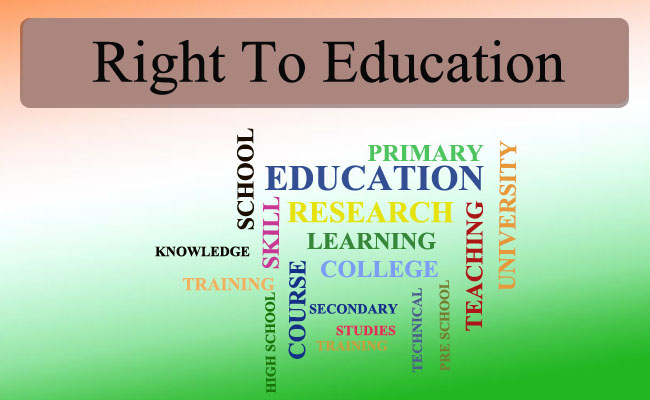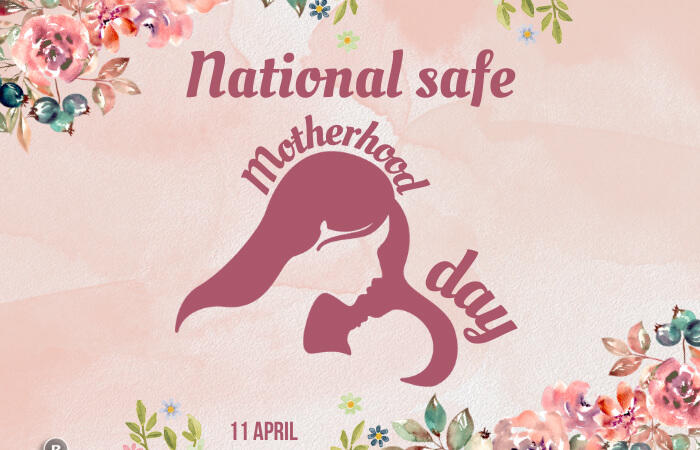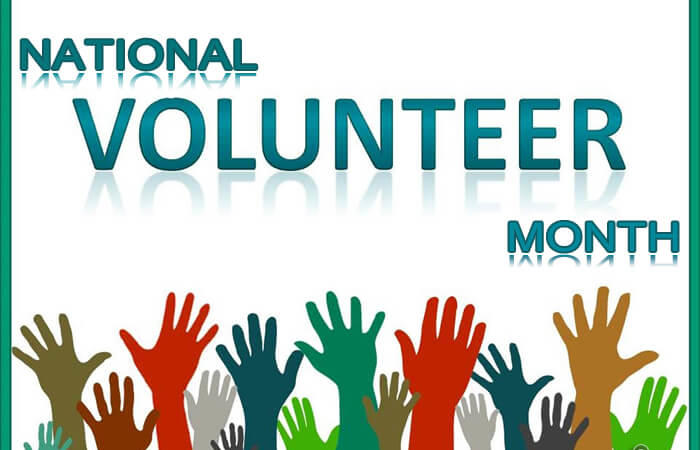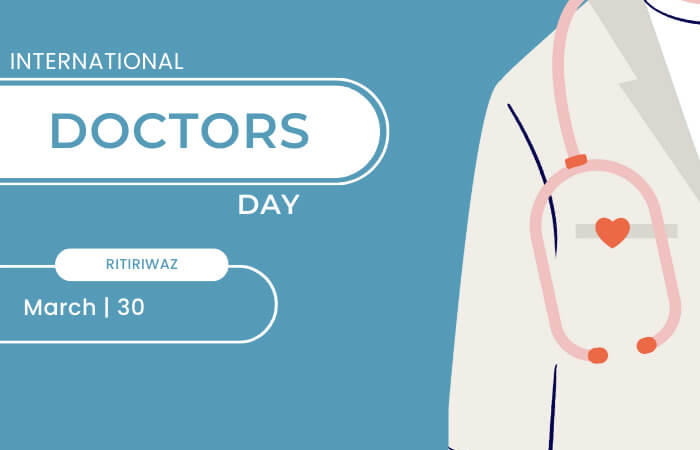Right To Education In India

Education is a continuous process that helps to prepare an individual to play his role as an enlightened member of society, it means an all-around development of a person. Education enables people to acquire greater control over their destiny. When a person is educated, he/she is likely to be more aware of his/her own rights.
A country ruled by foreign rulers is usually deprived of a proper education system. Our country is no exception, the system of education, introduced by the British Government in India was inadequate and aimed at producing a large number of clerks. After independence, India has been trying to restructure its educational system to suit the needs of the technological and industrial development of our country. Several commissions under the chairmanship of well-known educationists have been set up from time to time.
The Right to Free and Compulsory Education Act (RTE) was implemented on April 1, 2010, and is a giant leap towards the universalization of education in India. According to this law, the state shall provide free and compulsory education to all children of six to fourteen years of age. Article 21A of the constitution says “The state shall provide free and compulsory education to all children of the age of six to fourteen years in such manner as the State may, by law, determine“.
Earlier, compulsory education for the children in the 6-14 years age group was a part of the Directive Principles of State Policy. In December 2002 the Fundamental Right to Education Bill was framed, and the bill was made a law on April 1, 2010, and India afoot the historic step of providing the right to free and compulsory education where nearly one crore children were put in school. This revolution involves a budget of Rs 1,71,484 crore over five years.
Today, the state is seen as the chief provider of education. From April 1, 2010, onward, it became incumbent upon the state to provide children in the age group of 6 to 14 years not just free schooling but quality education as well. No child shall be held back, expelled, or required to pass a board examination till class VIII.
There must be a 25 percent reservation for poor children even in private and minority schools. There must be one teacher for every 30 students. No direct (school fees) or indirect costs (uniform, test books, mid-day meal, transportation) need to be borne by the child or parents to obtain elementary education.
Schools shall constitute school management committees (SMCs) comprising local officials, parents, guardians, and teachers. The SMCs will monitor the utilization of government grants, the infrastructure in schools including the number of classrooms, barrier-free access for the physically challenged, sanitary conditions, and safe drinking water. RTE mandates the inclusion of 50 percent women and parents of children from disadvantaged groups in SMCs.
India is a late entrant to the group of countries that have legislated for compulsory education. The Right to Education is recognized as a human right by the United Nations. Most countries in the West had enacted laws, making elementary education the responsibility of the state. The UK was one of the last countries in Europe in 1870 to make it the state’s responsibility to provide compulsory education. It was after this that Gopal Krishna Gokhale in 1911, urged the Imperial Legislative Assembly to confer on the Indian people the Right to Education.
In the Asian region, Japan, China, South Korea, Malaysia, and Mauritius have similar laws. The duration of compulsory education has however varied. In its immediate neighborhood, India will be the first with such a law.
The implementation of the RTE Act faces massive manpower, logistics, and financial hurdles. There is an acute shortage of qualified teachers across government schools, mostly in rural India. To improve learning quality, it is critical that the government makes clear budgetary provisions for training teachers.
States have to recruit and deploy teachers at a 30:1 ratio, establish neighborhood schools within three years and train all teachers. These require enormous sums of money. The human resource development ministry has estimated a requirement of about Rs 34,000 crore every year for a period of five years.
However in 2009, the Education Report on elementary education in India had 1.29 million government and private schools covered, where over percent did not have electricity, 46.4 percent did not have toilets for girls and almost 50 percent did not have boundary walls to ensure the safety of the students.
Rashtriya Madhyamik Shiksha Abhiyan Scheme was launched with the objective to enhance access to secondary education and improve its quality, envisages to achieve an enrollment rate of 75 percent from 52.26 percent in 2009 in the secondary stage within five years by providing a secondary school within a reasonable distance of any habitation.
The other objective includes improving the quality of education, removing gender, socio-economic, and disability barriers, providing universal retention by 2020. The Central Government has borne 75 percent and state government 25 percent of the project expenditure in the Eleventh Five Year Plan. The sharing pattern has been 50-50 for the Twelfth Plan.
However, the RTE Act limited the scope of the Fundamental Right to Education to 6-14 years and committed a mistake by not recognizing the importance of early years. Globally, it is accepted that the early years are the most critical years for lifelong development. India cannot afford to deprive its youngest 16-crore population of a right to nutrition, health, and early childhood education as enshrined in the Convention of the Rights of Children, to which India is a signatory.
A majority of poor parents are not aware that education is now the right of their children. The government needs to launch a massive awareness campaign so that parents become aware of the Act and can take advantage of it. Implementation obviously holds the key to its success, and that clearly will be the government’s biggest challenge. Prime Minister Dr. Manmohan Singh said, “ I want every Indian child, girl, and boy to be touched by the light of education“.
He has emphasized that it is important for the country that if we nurture our children and young people with the right to education, India’s future as a strong and prosperous country is secure. Stressing social inclusion, he also said that the government would priorities the concern and interests of the Scheduled Tribes, Scheduled Caste, Other Backward Classes, Minorities, and Women and strive to make the RTE a living reality.
Suggested Read: National Education Day






